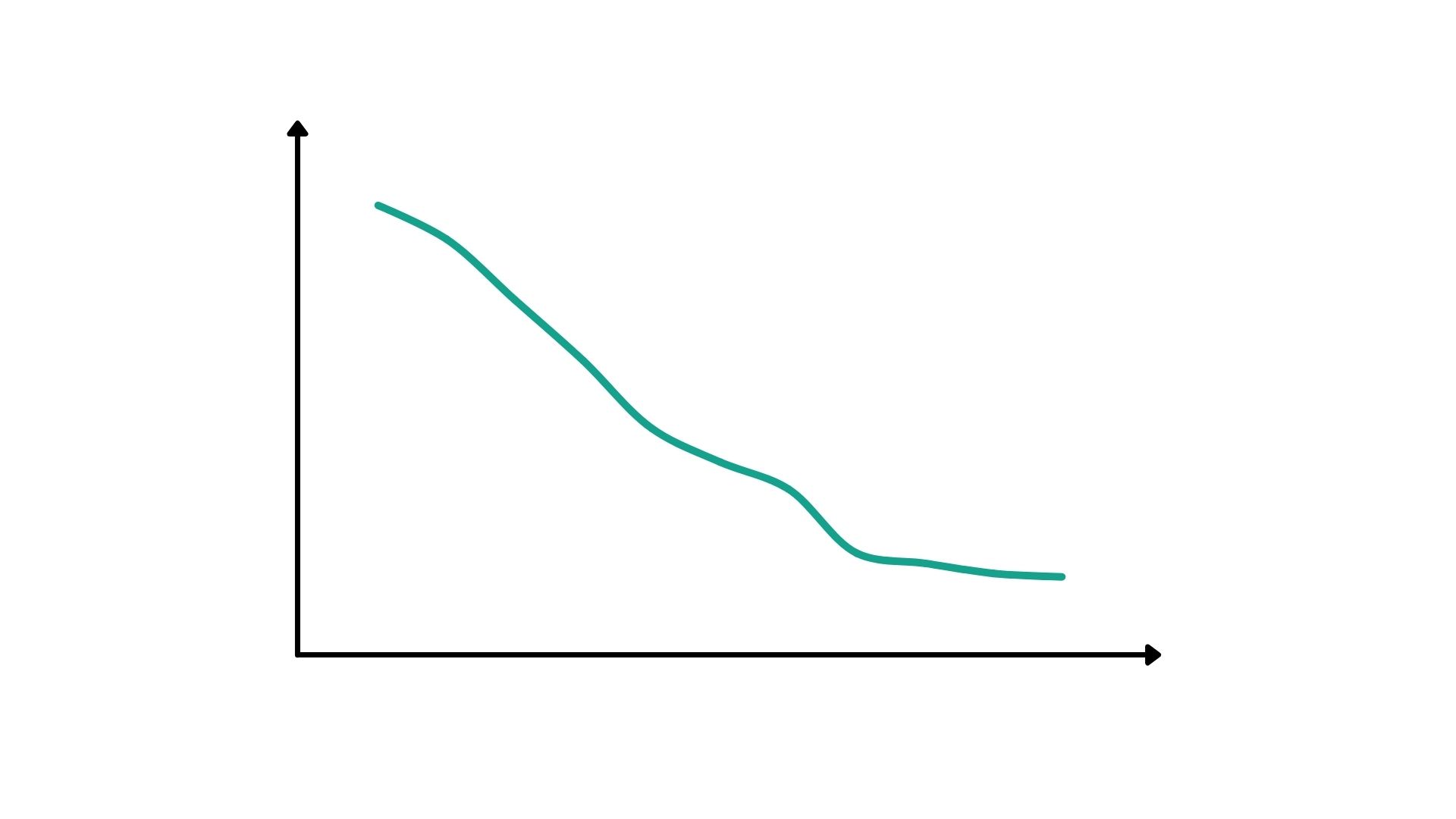
How ZMA Can Boost Your Immune System
Wondering how to boost your immune defences and fight against illness? Discover the science of ZMA and how it can help your immune system.

Testosterone levels in men are falling.
This alarming trend warrants urgent attention. As the primary male sex hormone, testosterone plays a vital role in shaping physical characteristics like muscle mass and body hair, and it also impacts overall vitality, energy, and mood.
Research over the past few decades has revealed a consistent decline in average testosterone levels across various age groups, a phenomenon observed globally. Men today are likely to have less testosterone than their predecessors at the same age, raising critical questions about the future of men’s health.
This article will explore the major questions and problems associated with this decline and low testosterone levels. What are the underlying causes? How does it affect men’s health, both personally and societally? What can be done to address this trend? As we delve into these issues, we aim to shed light on a subject that’s more than a medical concern; it’s a societal challenge that requires our collective understanding and action.

Testosterone is the principal male sex hormone, responsible for the development of physical characteristics such as muscle mass, strength, bone density, body hair, and a deeper voice, and non-physical aspects such as cognitive function, motivation, energy, and sexual drive (libido).
In males, normal testosterone levels range from roughly 300 to 1000 ng/dL, varying with age and other factors, but it is generally considered to be healthy to be at the higher end of this range.
It is released as part of the so-called hypothalamic-pituitary-gonadal (HPG) axis. In this axis, the pituitary gland in our brain release luteinizing hormone, which then signals Leydig cells in the testes to produce and distribute testosterone around the body.
Throughout various stages of life, from adolescence to aging, testosterone plays a crucial role in shaping the male function, physique, and everyday actions, and therefore its decline is a matter of significant concern.

The decline in testosterone levels in men is not merely anecdotal; it’s a well-documented phenomenon backed by a growing body of scientific research. In this section, we’ll explore the evidence that underpins this trend, draw comparisons between historical and current data, examine the geographical spread, and discuss the subsequent impact on male health and society.
Several landmark studies have pointed to a clear decline in testosterone levels over the years. A widely cited study published in the Journal of Clinical Endocrinology & Metabolism found that testosterone levels in men have been dropping by about 1% per year since the late 1980s. Other research, incorporating data from various countries, has corroborated these findings, reflecting a consistent pattern across different populations and age groups.
When juxtaposing current testosterone levels with those of previous generations, the contrast is stark. Men today have, on average, 20-30% lower testosterone levels than men of the same age had several decades ago. This decline is not easily explained by factors like age or health conditions, signalling a broader, more pervasive issue. Following the trend, one can see how this could potentially be leading, and in some cases causing, testosterone deficiency in numerous males across populations.
Is this decline restricted to specific regions, or is it a global phenomenon? Evidence suggests that the latter is true. Research conducted in North America, Europe, Asia, and other regions all point to similar declines, highlighting that this is not a localised trend. Environmental, lifestyle, or possibly unknown factors seem to be affecting men worldwide, regardless of their geographical or cultural context.
The falling levels of testosterone have profound implications. On an individual level, a low testosterone level is associated with reduced muscle mass, decreased sex drive, increased body fat, and various other health challenges. These physiological changes, in turn, can lead to mental and emotional health issues, such as depression or anxiety.
On a broader societal scale, the decline in testosterone may contribute to lower fertility rates, impacting population dynamics. Additionally, it can strain healthcare systems as men seek treatment for symptoms related to the symptoms of low testosterone. The ripple effects of this trend may thus extend far beyond individual well-being, influencing various aspects of societal structure and function.

Understanding the decline in testosterone levels requires examining a multifaceted web of factors that might be contributing to this trend. From dietary changes and environmental factors to psychological stressors and generational shifts, the causes can be complex and interwoven. Below, we explore these potential drivers in more detail.


Addressing the decline in testosterone levels requires a comprehensive approach that includes medical interventions, lifestyle adjustments, public education, and policy changes. Together, these strategies can help mitigate the impact of falling testosterone levels and foster a healthier future for men.
The decline in testosterone levels in men is a complex issue with wide-reaching impacts on physical health, mental well-being, and society. It demands multifaceted solutions that include medical interventions, lifestyle changes, public education, and policy adjustments.
This issue’s complexity calls for coordinated efforts from researchers, policymakers, healthcare professionals, and individuals. By embracing a comprehensive approach and recognizing the interconnected nature of the problem, society can work towards reversing this trend.
The challenge extends to all, highlighting the need for continued research, supportive policies, and personal responsibility. Together, these actions can mitigate the decline in testosterone levels, enhancing the quality of life for men and the broader community.


Wondering how to boost your immune defences and fight against illness? Discover the science of ZMA and how it can help your immune system.

Learn how ZMA can transform your muscle recovery and athletic performance, allowing you to reach your health goals

Studies have shown that testosterone levels are falling. Read this to find out why and what can be done to fix it.

Discover how Vitamin B6 reduces fatigue through energy metabolism, with key facts and intake recommendations.

Complete the form NOW to receive the free ebook and take on the challenge.